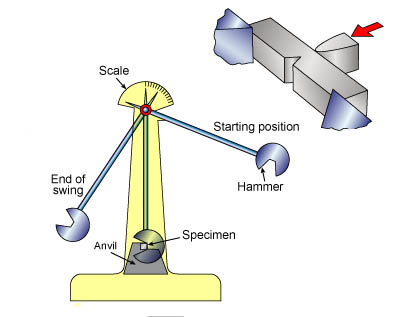Cracking of plastics components under impact was a major blow to the plastics industry in the early days. Today it is still a challenge for designers to select thermoplastics that will stand up to impact under service conditions.
From standard materials data sheets, the usual indication of impact resistance is the results of Izod and Charpy impact tests. Designers should be aware that these tests are essentially single point tests. They diverge from in-service impact situations in a number of significant ways.
Firstly, test specimens are compression moulded or conditioned to give minimum internal stress, while the wall thickness of specimens is much greater than most injection moulded components.
Minute scratches, which initiate crack failure, lead to wide variations in the measured impact energy to cause failure. Consequently, to reduce the number of specimens required to give a significant average, one version of the test has a deliberate notch cut in it. Before designers and toolmakers learned the importance of generous radii at corners, the notched specimens did equate to that particular design fault. Today notched specimens should have less significance.
In addition to geometry (stress concentration), moulded-in stress and surface flaws, Izod and Charpy impact test results vary with temperature, speed of impact, specimen support, impact head radius, and notch radius. Some material suppliers will provide data for notched and unnotched specimens and at two temperatures. However, the measured impact energy to failure cannot be plugged into design calculations.
This article was written by Dr.Charlie Geddes for Hardie Polymers.
Why not read more of the Hardie Polymers knowledge base articles?
For information on all the specified grades that we can offer, please contact us today or try our polymer search.

